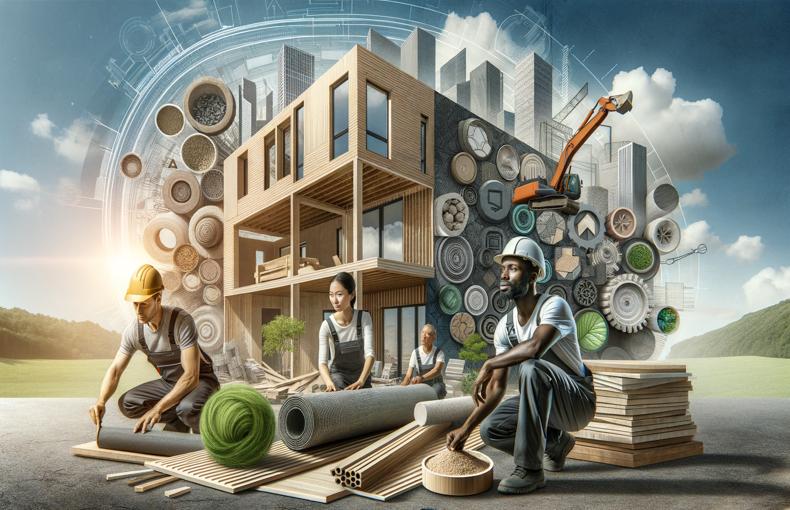Innovative Materials in Residential Construction: Beauty Meets Durability
Welcome back to our architectural blog, where we are constantly on the lookout for innovative trends that push the boundaries of design and construction. Today, we are excited to delve into the realm of "Innovative Materials in Residential Construction: Beauty Meets Durability." As architectural drafters, we understand the importance of selecting materials that not only enhance the aesthetic appeal of a home but also ensure longevity and sustainability. Join us as we explore some of the most exciting advancements in residential construction materials that marry beauty with durability.
-
Engineered Wood Products: Engineered wood products have revolutionized the construction industry by offering a sustainable alternative to traditional lumber. Engineered wood, such as cross-laminated timber (CLT) and glue-laminated timber (glulam), boasts superior strength and dimensional stability compared to natural wood. These products allow for greater design flexibility while reducing environmental impact. From soaring timber-framed ceilings to intricate wood paneling, engineered wood products lend warmth and character to residential interiors while ensuring structural integrity.
-
High-Performance Insulation: In an era of increasing energy efficiency standards, high-performance insulation materials have become indispensable in residential construction. Innovations such as spray foam insulation, aerogel insulation, and vacuum-insulated panels offer superior thermal resistance, minimizing heat loss and reducing energy consumption. These advanced insulation materials not only contribute to a more comfortable indoor environment but also lead to significant cost savings over the lifetime of a home.
-
Fiber-Reinforced Polymers (FRP): Fiber-reinforced polymers (FRP) have emerged as a versatile material in residential construction, offering exceptional strength-to-weight ratio and corrosion resistance. From structural reinforcements to decorative elements, FRP components can be custom-engineered to meet the specific requirements of a project. Whether used to create sculptural facades or durable decking, FRP allows architects to push the boundaries of design while ensuring longevity and performance.
-
Smart Glass Technology: Smart glass technology has transformed the way we interact with windows and glazing systems in residential buildings. Dynamic glass, electrochromic glass, and thermochromic glass are just a few examples of innovative glazing solutions that offer adjustable transparency, solar control, and energy efficiency. By harnessing the power of light and heat modulation, smart glass technology not only enhances occupant comfort but also reduces reliance on artificial lighting and HVAC systems, leading to significant energy savings.
Conclusion
Innovative materials are reshaping the landscape of residential construction, offering architects and homeowners unparalleled opportunities to create spaces that marry beauty with durability. From engineered wood products to high-performance insulation, fiber-reinforced polymers, and smart glass technology, the possibilities are endless. As architectural drafters, we embrace these advancements as catalysts for innovation, pushing the boundaries of design while prioritizing sustainability and longevity. Join us on this journey as we continue to explore the exciting world of materials and construction techniques that shape the homes of tomorrow.











